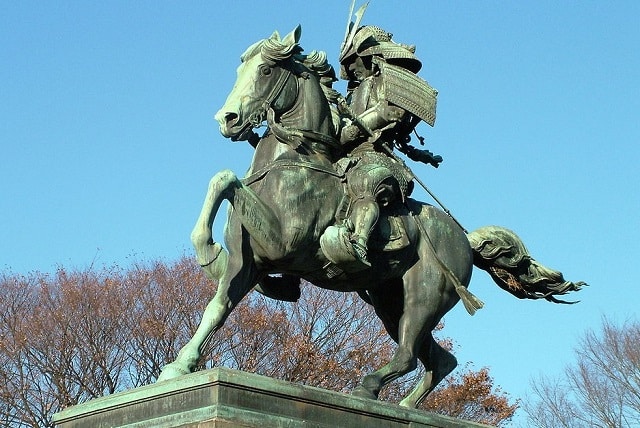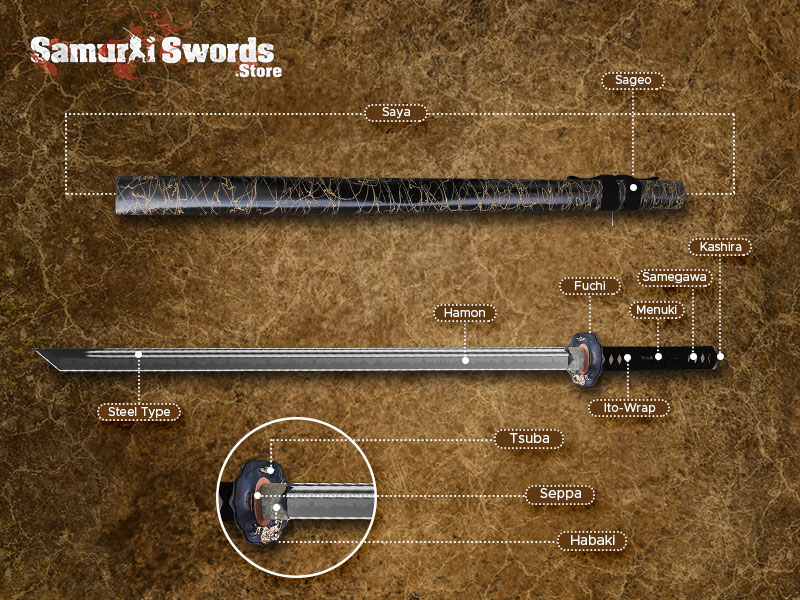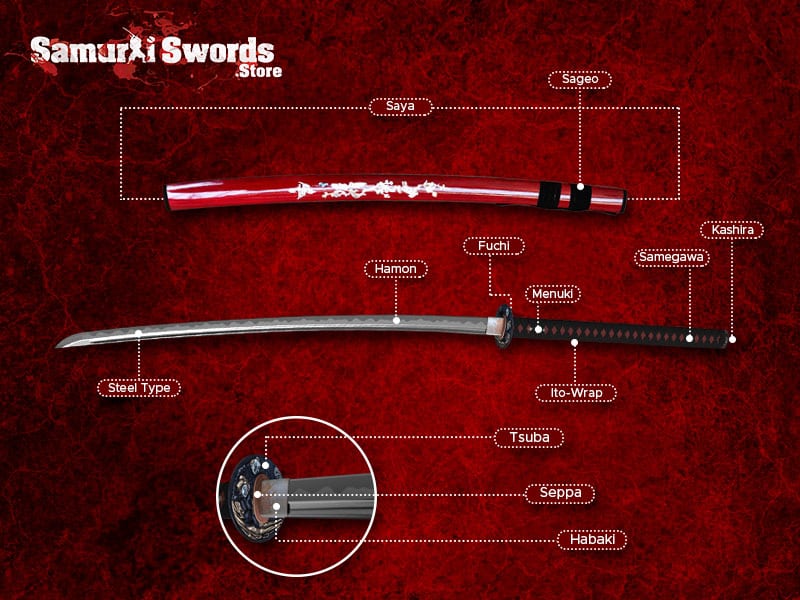Samurai Warriors
Kusunoki Masashige
Kusunoki Masashige
During the Genko War, there were numerous attempts to capture the Japanese rulership from the Kamakura Shogunate. The individual who was responsible for this was a Samurai named Kusunoki Masashige. He served Emperor Go-Daigo and was well-known for his complete devotion to the Emperor.
Masashige’s true origins have never been determined even until this day; however, it was estimated that he began his military campaign in the year 1331 and continued for six years until his death in the year 1336.
Kusunoki Masashige was one of the Samurai warriors who were given the highest honors by the Meiji government in 1880. Though quite unknown during his period, Masashige was also considered as a legendary hero of the Meiji era which can be seen in numerous books. He was characterized as someone with a powerful symbol and of great skill.
Kusunoki Masashige -The Legend
Emperor Go Daigo was said to have dreamt of keeping himself sheltered under a camphor tree. It is generally known as a Kusunoki tree. The dream was said to have led him to a warrior with this name, and that warrior would assist and support him to victory.
In Japan’s feudal history, it was difficult to avoid betrayals since these exist within high ranking generals and the like. For instance, the Emperor was betrayed by one of his former loyal generals whose name was Ashikaga Takauji.
Ashikaga led an army to attack Kusunoki and the other loyalists of the Emperor. And even if the warrior suggested that they seek refuge and leave for Mount Hiei, Go Daigo refused to leave the capital and demanded that Kusunoki fought Takauji instead.
It may have been a very absurd demand from his lord, yet as a true and loyal Samurai, Kusunoki obediently followed his lord’s orders despite knowing that it could cost him his life.
This battle had taken place in Minatogawa (modern-day Chuo-ku, Kobe) and despite the courage of the warriors, the entire battle turned into a tactical disaster.
Kusunoki proposed two strategies to his lord: one was to regroup then attack from both sides, while the other was to take back Takauji to their side to counterbalance the scales.
Both suggestions were ignored by the Emperor. There, Kusunoki and his army were completely surrounded, leaving just 50 horsemen out of the 700 that he originally had.
Due to his loyalty and sacrifice, Kusunoki Masashige became a form of patron saint to the kamikaze of The Second World War.
The History of the Loyal Warrior
Kusonoki Masashige was an affluent member of the rural gentry of Kawachi Province. He was known as a scholar and a devoted Buddhist.
His roots can be traced back from Tachibana Moroye although this was not proven or disproved. He was also a modest landowner in the Kwatchi province. What is certain though is that he was known for being a brilliant strategist for war.
However, the war that took his life was the battle between him and Ashikaga Takauji where Kusonoki, together with his men, were outnumbered then surrounded by the enemy. During this battle, he fought together with his brother, Masasue.
According to legend, his brother’s last words were ‘Shichisei Hokoku!’ which means that ‘I have seven lives to offer to my emperor!’ And that, Kusonoki agreed and attacked the enemy despite the situation.
Known Victories of Kusunoki Masashige
Kusunoki Masashige won several minor victories during the course of years as a Samurai warrior. Not only that, but he had served as governor of the Japanese central government.
However, he was said to have utilized deception to achieve some of his goals and even sought the aid of skilled warriors such as the shinobi who engaged in covert operations. Kusonoki was not a shinobi yet his use of unconventional tactics had, later on, influenced ninjutsu or shinobi no jutsu.
Next Generation
Kusunoki Masashige had a son named Kusunoki Masatsura who served under the next emperor, Go Murakami, who was just 12 years of age. The two had a relationship of strong devotion and trust which mirrored the figure of his father.
This kept the flame and bond of the loyalist resistance thriving. Masatsura, together with his sibling Masatoki and cousin Wada Takahide, died alongside each other in a war that saw the end of Kusunoki family. This incident was then followed by a battle for gain and power among the Courts.
Kasunoki Masashige Legendary Figure
Kasunoki Masashige was made into a legendary figure; this took placed after a shrine was erected to him on the site where he died. His statue was built at the Imperial Palace in Tokyo.
Tourist is drawn to this attraction as they gaze into the man who has fought a lot of battles. The statue is accessible to bus parking that loads of tourists arrived from all over the place.
The statue of Kasunoki is considered as one of the greatest bronze statues of Tokyo. The park has trees and is easy to walk onto. The different parts of the statue found in Tokyo were design part by part by different popular artists.
- His head was designed by Kisai Yamada
- Koumei Ishikawa was responsible for the body parts
- Sadayuki Goto was the one who designed the horse part
Kusonoki Masashige stands like a soldier that belongs to the elite warriors of his time. He was an inspiring character because of his unselfish bravery.
Even if he lost in his last battle due to the promptings of his lord, his defense of Chihaya is a classic example of a Japanese masterpiece. This was a masterpiece of Japanese defense work that is repeated throughout the centuries to come.
The tactics for this defense is unparalleled in the centuries that followed after it. This explains why Kasonoki Masashige is an inspiration for the past generations of those Japanese warriors who were at war and even today.
An Icon In His Own Right
Kusunoki Masahige is a feudal hero who is transformed into a national icon. This was epitomized in printed books that show different scenes of the battles that this warrior fought. It is more of a picturesque interpretation rather than written words.
A bronze costume made of metal that is said to be worn by this warrior graces the Bronze Museum in Japan. The Kabuto helmet might be an inanimate object but, it shows those who visit the museum how this particular warrior lived. Generations in the future will get to know the man behind the mask and of his accomplishments.
Image Source: David Moore [CC BY-SA]








